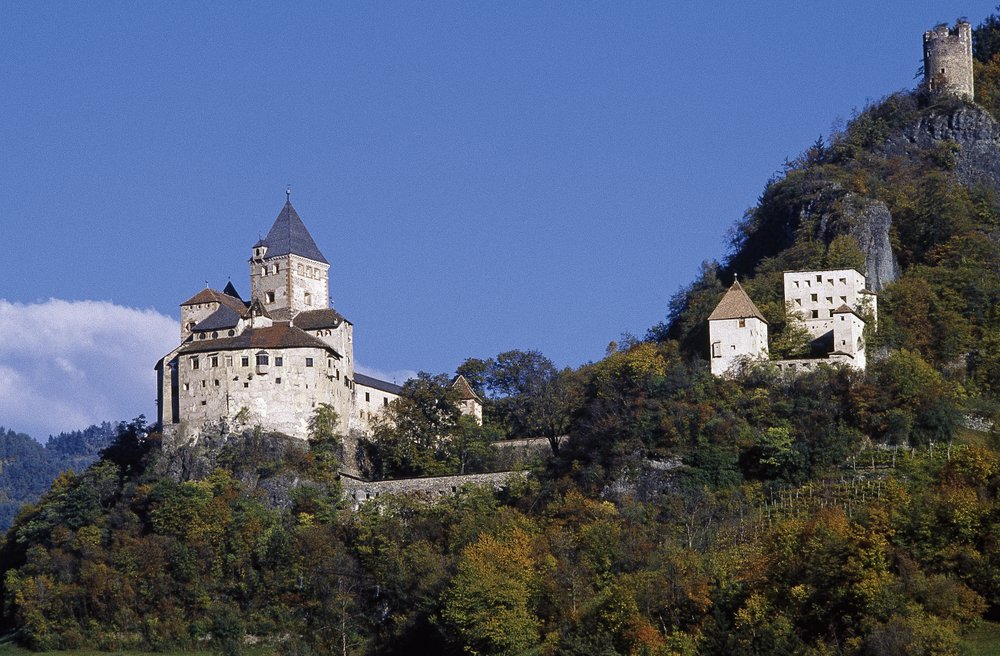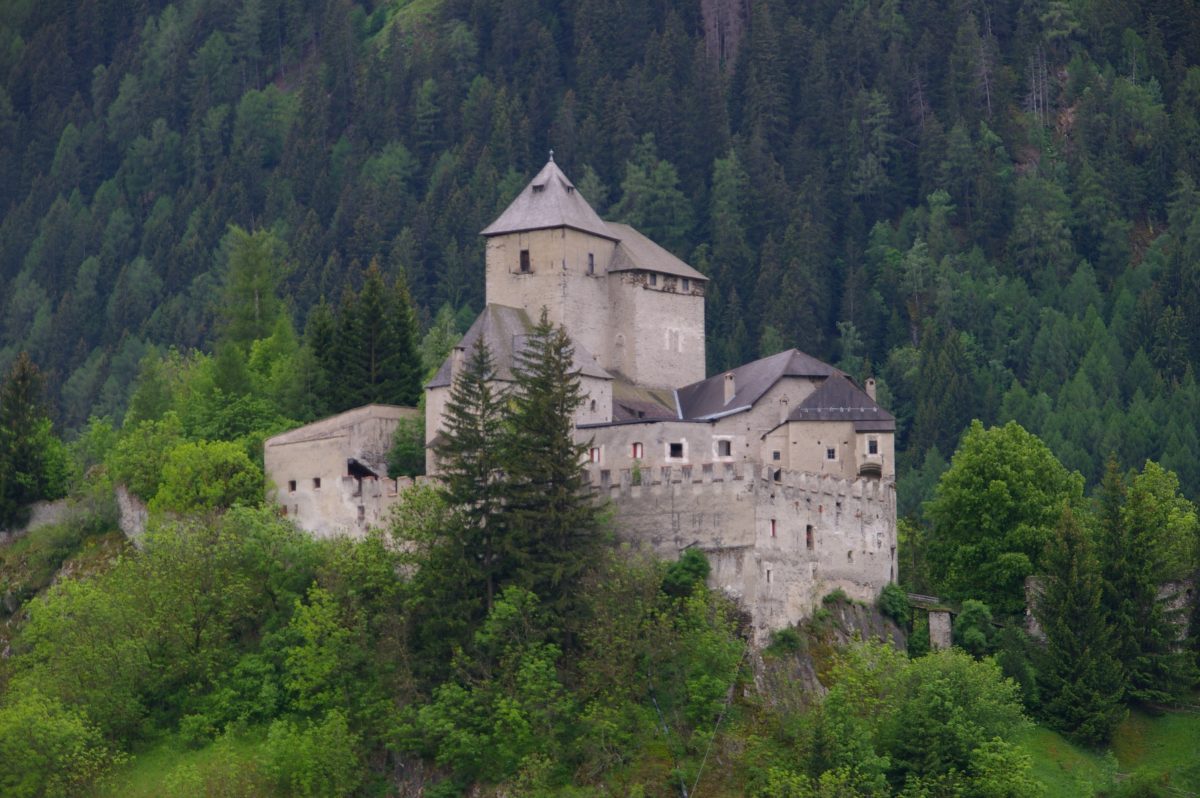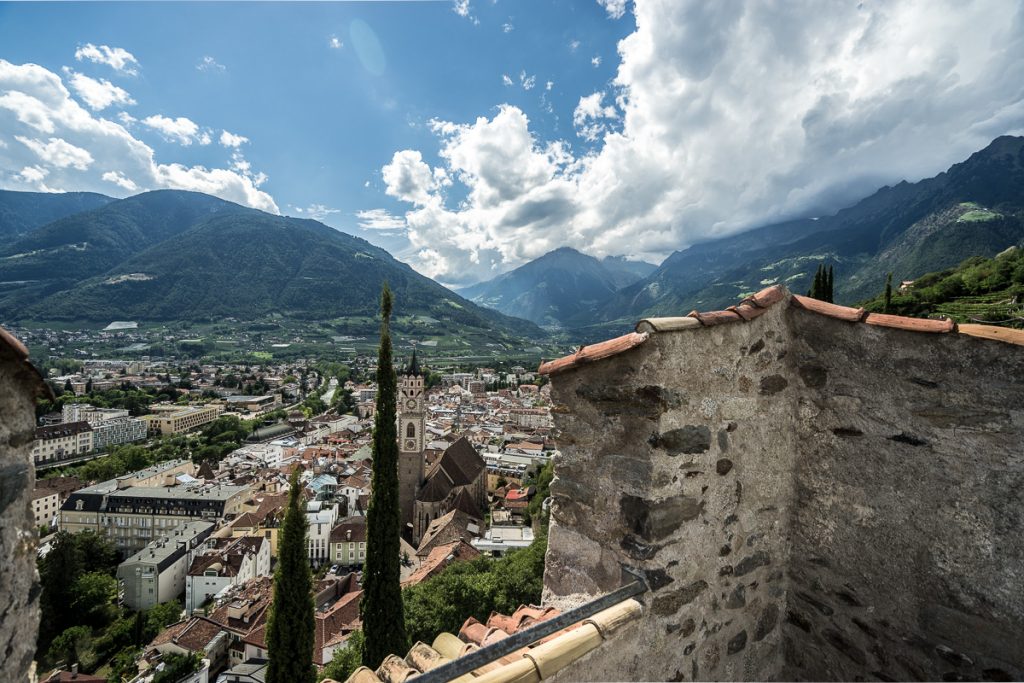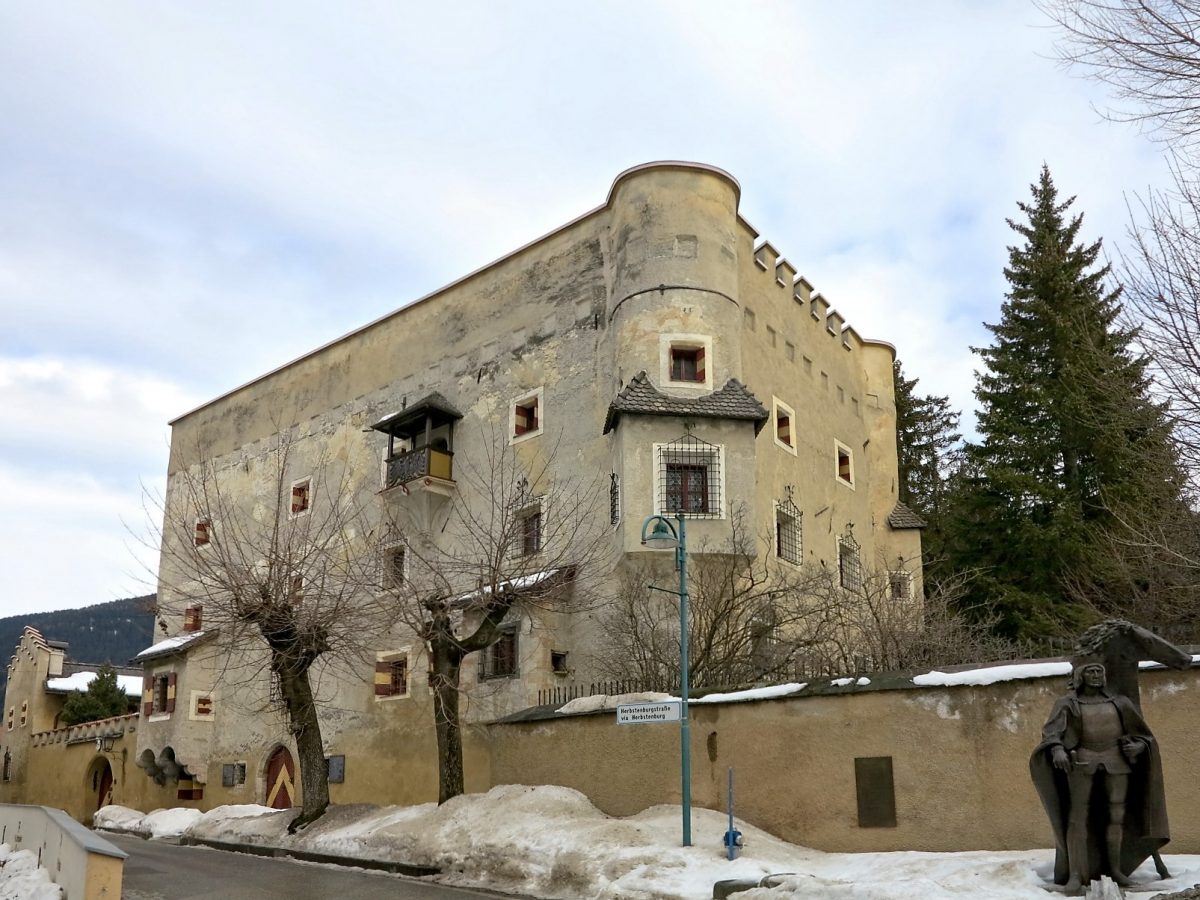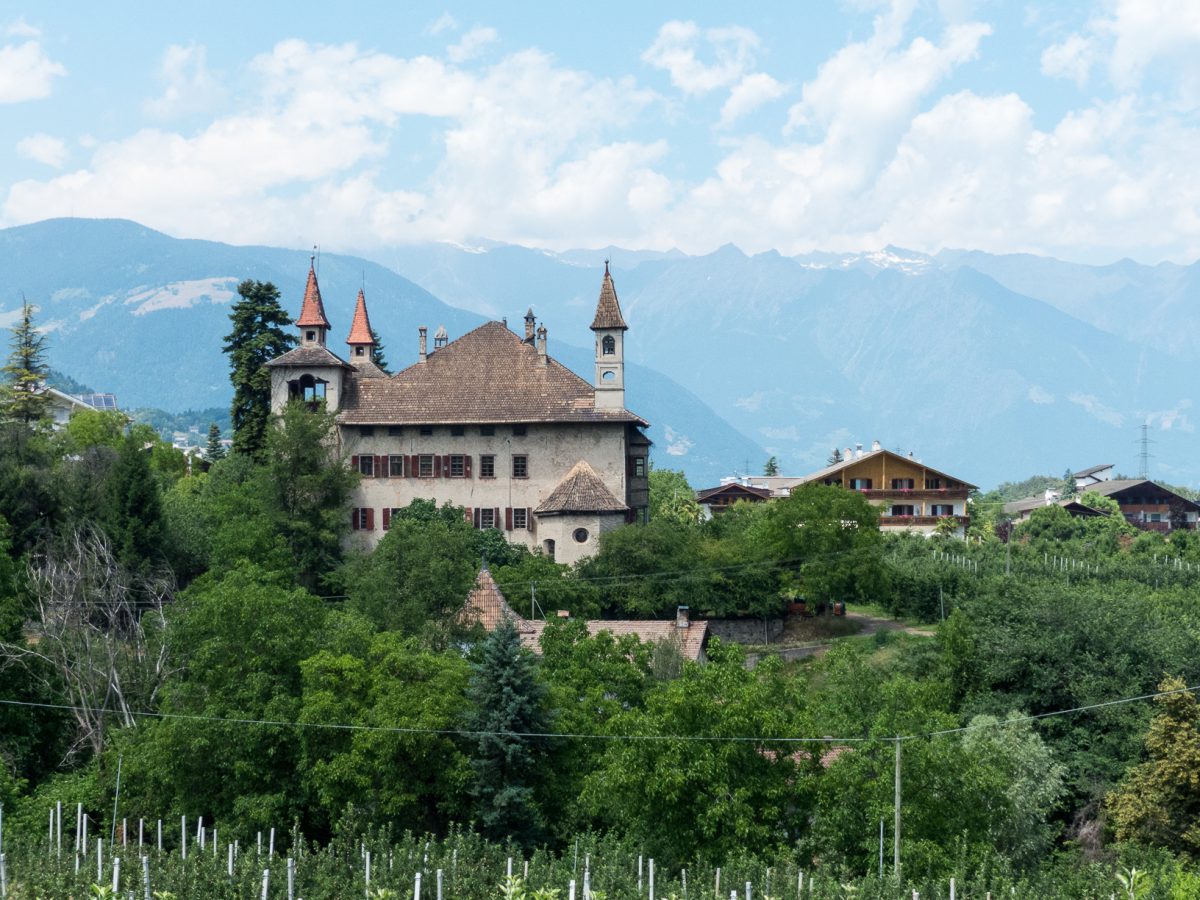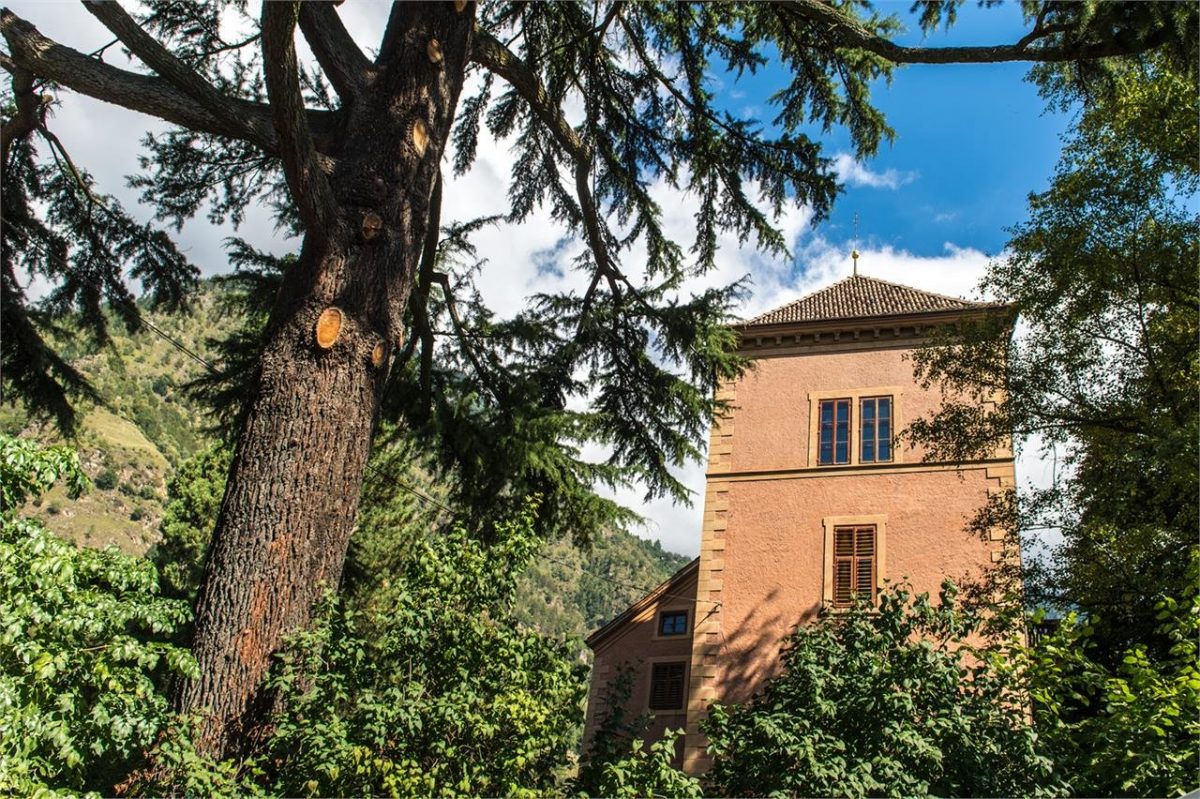How to reach the Castle Gandegg
The castle does not correspond so at all to the actual building method of that time. The new aristocratic seats, which were built at this time instead of the fortified castles, replaced the high-lying castles of the aristocratic families. These new aristocratic seats no longer had mountain peace and ring walls. The oriel towers and enclosing walls of Gandegg Castle were also no longer important; they were only intended to have an optical effect and give the building a castle-like appearance.The late medieval residential tower inside the complex was first mentioned in a document around 1434 and was owned by the lords of Annenberg. Under the Counts of Khuen of Belasi, who were lent Gandegg Castle in 1543, a generous extension took place, which gave the castle its present appearance. The neighbouring castle of Englar still belongs to this noble family today.
The main building of Gandegg Castle is surrounded by a large park protected by a high wall, and on the south-western flank the complex is delimited by farm buildings with late-Gothic building elements.
The rooms inside are magnificent, there are numerous halls with coffered ceilings, hinged doors with richly decorated inlays and tiled stoves from the 16th and 17th centuries.


